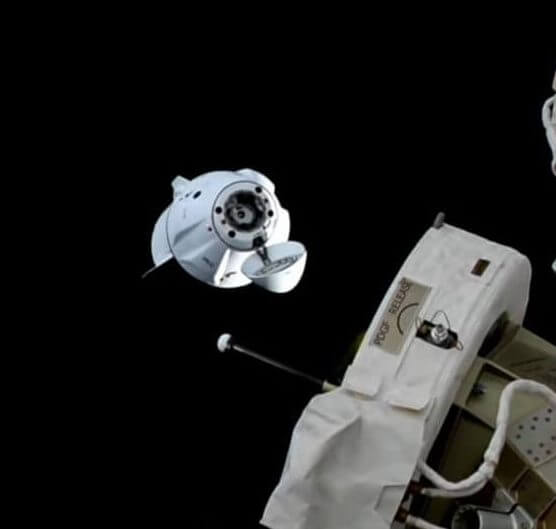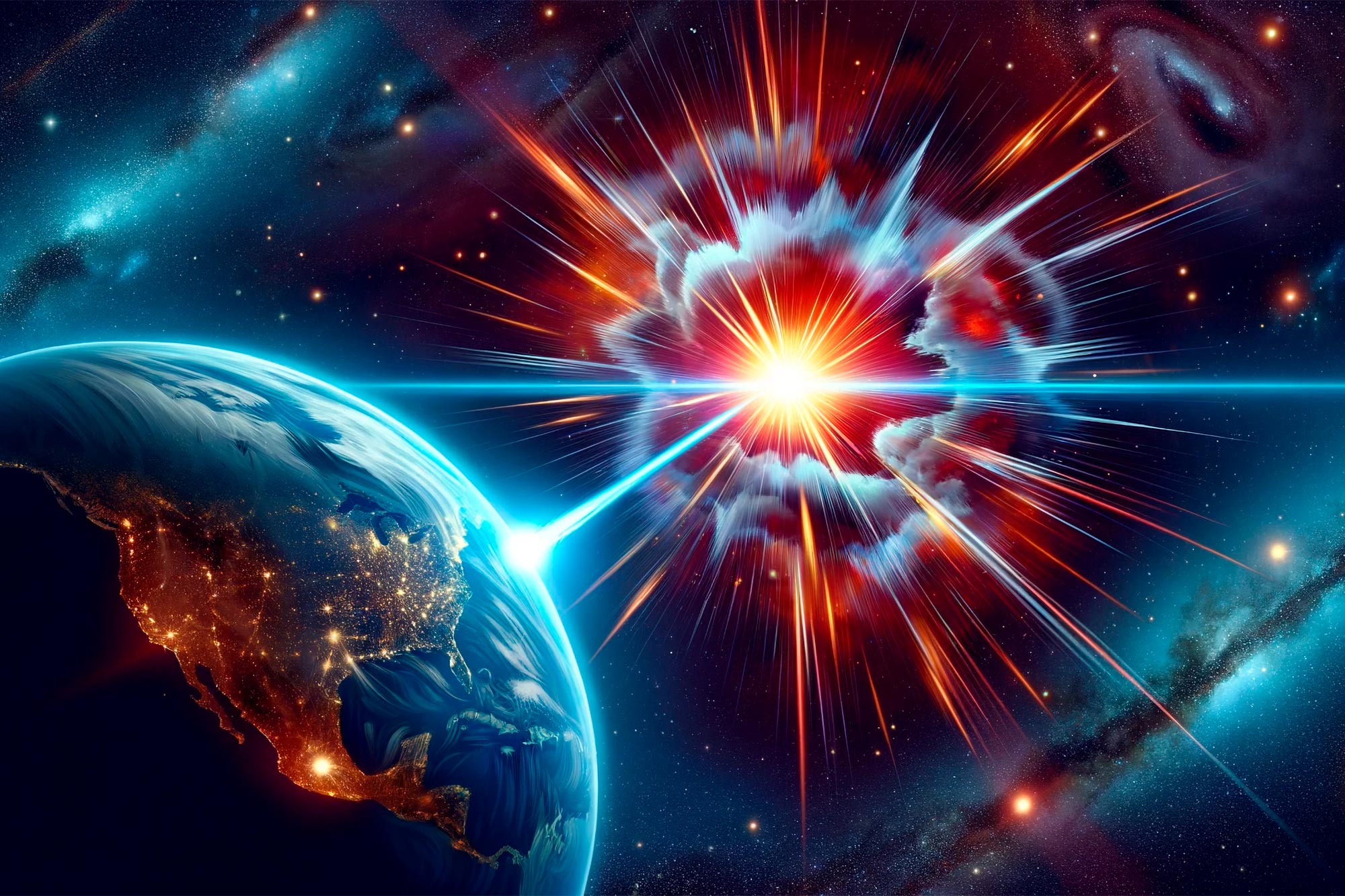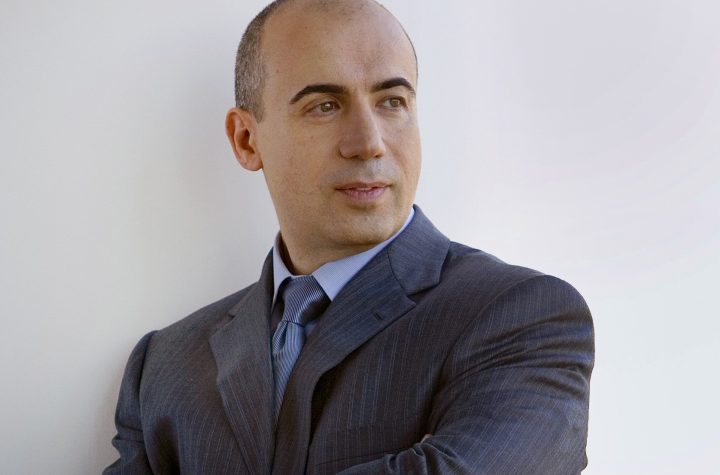ESA’s Integrated Space Telescope has detected an unprecedented gamma-ray burst from a distant exploding star, causing major perturbations in the Earth’s ionosphere. This event, the brightest and most powerful event of its kind ever recorded, has prompted researchers to explore its possible connection to historical mass extinctions on Earth.
A massive gamma ray burst was discovered by ESA’s Integrated Space Telescope, hit the ground. The explosion caused a major disturbance in our planet’s ionosphere. Such perturbations are usually associated with energetic particle events on the Sun, but this event was the result of the explosion of a star roughly two billion light-years away. Analyzing the effects of the explosion could provide information about mass extinctions in Earth’s history.
Detection of the brightest gamma ray bursts
At 14:21 GMT/15:21 CEST on 9 October 2022, an extremely bright and long-lasting gamma-ray burst (GRB) was detected by several high-energy satellites in near-Earth orbit, including the Moon ESA’s Integral satellite. a task.

The artistic impression depicts the impact of a powerful gamma-ray burst that greatly disturbed our planet’s ionosphere. This is the result of a gamma ray burst (GRB) resulting from the supernova explosion of a star, in a galaxy about two billion light-years away. Source: ESA/ATG Europe; CC BY-SA 3.0 IGO
The International Gamma-ray Astrophysical Laboratory (INTEGRAL) was launched by the European Space Agency in 2002 and has detected gamma-ray bursts almost every day since then. However, GRB 221009A, as the explosion was called, was anything but ordinary. “This was probably the brightest gamma-ray burst we have ever detected,” says Mirco Piersanti, of the University of L’Aquila in Italy, and lead author of the team that published these results.
Understanding gamma ray bursts
Gamma-ray bursts were once mysterious events, but are now known to be an outpouring of energy from exploding stars called supernovas, or from the collision of two ultra-dense neutron stars.
“We have been measuring gamma-ray bursts since the 1960s, and this is the most powerful ever measured,” says co-author Pietro Ubertini, of the National Institute of Astrophysics in Rome, Italy, and principal investigator of Intergral’s IBIS instrument. So powerful in fact that his closest ever competitor is ten times weaker. Statistically, powerful GRBs like GRB 221009A reach Earth only once every 10,000 years.
Impact on the Earth’s ionosphere
During the 800 seconds that the gamma rays struck, the explosion provided enough energy to activate lightning detectors in India. Devices in Germany picked up signals indicating that the Earth’s ionosphere was disturbed for several hours due to the explosion. This huge amount of energy gave the team the idea to look for the effects of the explosion on the Earth’s ionosphere.
The ionosphere is the layer of the Earth’s upper atmosphere that contains electrically charged gases called… plasma. Its height extends from about 50 km to 950 km. Researchers refer to it as the upper side of the ionosphere above 350 km, and the lower side of the ionosphere below that. The ionosphere is so fragile that spacecraft can orbit most of the ionosphere.
First observation of ionospheric disturbance on the upper side
One such spacecraft is the China Electromagnetic Seismic Satellite (CSES), also known as Zhangheng, a Sino-Italian space mission. It was launched in 2018 and monitors the upper side of the ionosphere for changes in its electromagnetic behavior. Its primary mission is to study possible links between changes in the ionosphere and the occurrence of seismic events such as earthquakes, but it can also study the effect of solar activity on the ionosphere.
Both Mirko and Petro are part of the CSES science team, and they realized that if the GRB explosions created a disturbance, CSES would have to see it. But they couldn’t be sure. “We looked for this effect from other gamma-ray bursts in the past, but we didn’t see anything,” Pietro says.

This illustration shows the components of long gamma-ray bursts, the most common type. The core of a massive star (left) collapsed to form a black hole, sending a stream of particles moving through the collapsed star and out into space at nearly the speed of light. Radiation across the spectrum originates from hot ionized gas (plasma) near the newborn black hole, from collisions between shells of fast-moving gas inside the jet (internal shock waves), and from the leading edge of the jet as it sweeps upward and interacts with its surroundings (external shock waves). Source: NASA Goddard Space Flight Center
In the past, GRBs have been observed impacting the lower side of the ionosphere during the night, when solar influence is removed, but never the upper side. This has led to the belief that by the time the blast reached Earth, the blast from the GRBs was no longer strong enough to cause a change in ionospheric conductivity resulting in a difference in the electric field.
But this time, when scientists looked, their luck was different. The effect was clear and strong. For the first time ever, they saw an intense disturbance in the form of a strong variation in the electric field at the top side of the ionosphere. “It’s amazing. We can see things that happen in deep space but they also affect Earth,” says Eric Kolkers, ESA project scientist.
The effect of a gamma ray burst is long-range
Specifically, these explosions occurred in a galaxy about 2 billion light-years away — two billion years ago — yet still had enough energy to impact Earth. While the Sun is usually the primary source of radiation powerful enough to affect the Earth’s ionosphere, GRBs sparked instruments generally dedicated to studying massive explosions in the Sun’s atmosphere known as solar flares. “It is noteworthy that this disturbance affected the lower layers of the Earth’s ionosphere, which is located only tens of kilometers above the surface of our planet, leaving a signature similar to that of a large solar flare,” says Laura Hayes, a research fellow and solar physicist at the European Space Agency. “.
Implications on the ground
This signature came in the form of an increase in ionization on the underside of the ionosphere. It was detected in very low-frequency radio signals bouncing between Earth and the Earth’s lower ionosphere. “Basically, we could say that the ionosphere ‘moved’ to lower altitudes, and we discovered this in how radio waves bounced along the ionosphere,” explains Laura, who These results were published In 2022.
It reinforces the idea that a supernova in our galaxy could have more serious consequences. “There has been a lot of controversy about the possible consequences of a gamma-ray burst in our galaxy,” Mirko says.
In the worst case, the explosion would not only affect the ionosphere, but could also damage the ozone layer, allowing dangerous ultraviolet rays from the sun to reach the Earth’s surface. It has been speculated that such an effect is the likely cause of some known mass extinction events that have occurred on Earth in the past. But to investigate this idea, we’ll need more data.
Now that they know exactly what to look for, the team has already begun looking again at the data collected by CSES and correlating it with other gamma-ray bursts that Integral has seen. And although they can only go back to 2018, when CSES was launched, a follow-up mission has already been planned, ensuring that this fascinating new window on the way Earth interacts with even the very distant universe will now remain open.
Reference: “Evidence for perturbation of the upper ionic electric field associated with a gamma-ray burst” by Mirko Bersanti, Pietro Ubertini, Roberto Battiston, Angela Bazzano, Giulia D’Angelo, James J. Ruddy, Piero Diego, Zima Zerin, Roberto Amendola, Davide Padoni, Simona Bartucci, Stefania Pioli, Igor Bertillo, William J. Berger, Donatella Campana, Antonio Ciccone, Piero Cipollone, Silvia Colli, Livio Conti, Andrea Contin, Marco Cristoforetti, Fabrizio De Angelis, Cinzia Di Donato, Christian De Santis, Andrea De Luca, Emiliano Fiorenza, Francesco Maria Follega, Giuseppe Gebbia, Roberto Yoba, Alessandro Lega, Marco Lolli, Bruno Martino, Matteo Martucci, Giuseppe Massiantonio, Matteo Mergi, Marco Messi, Alfredo Morbidini, Coralie Neubuser, Francesco Nozzoli, Fabrizio Nocelli, Alberto Oliva, Giuseppe Austria, Francesco Palma, Federico Palmonari, Beatrice Panico, Emanuele Babini, Alexandra Parmentier, Stefania Percibali, Francesco Perfetto, Alessio Perinelli, Piergio Picozza, Michele Pozzato, Gianmaria Ribustini, Dario Ricciotti, Esther Ricci, Marco Ricci, Sergio P. Ricciarini, Andrea Rossi, Zuleika Sahnoun, Umberto Savino, Valentina Scotti, Zhuhui Chen, Alessandro Sotgio, Roberta Sparvoli, Silvia Tovani, Nello Vertoli, Veronica Villona, Vincenzo Vitale, Ugo Zanoni, Simona Zuffoli and Paolo Zuccone, November 14, 2023, Nature Communications.
doi: 10.1038/s41467-023-42551-5

“Extreme travel lover. Bacon fanatic. Troublemaker. Introvert. Passionate music fanatic.”








More Stories
Bridging New Frontiers: Yuri Milner’s Fusion of Fundamental Science and Space Exploration in Eureka Manifesto
Kenan Thompson supports college protests as long as they don't involve his daughter in an SNL cold open
Look for the dazzling Eta Aquaridus meteor shower on Sunday and Monday